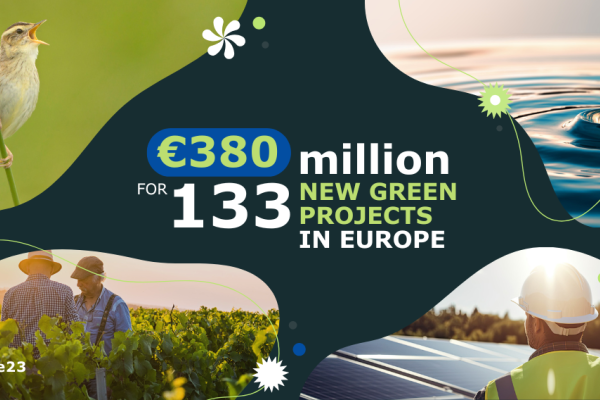The Nature Restoration Law is the first continent-wide, comprehensive law of its kind. It is a key element of the EU Biodiversity Strategy, which sets binding targets to restore degraded ecosystems, in particular those with the most potential to capture and store carbon and to prevent and reduce the impact of natural disasters.
Europe’s nature is in alarming decline, with more than 80% of habitats in poor condition. Restoring wetlands, rivers, forests, grasslands, marine ecosystems, and the species they host will help
- increase biodiversity
- secure the things nature does for free, like cleaning our water and air, pollinating crops, and protecting us from floods
- limit global warming to 1.5°C
- build up Europe’s resilience and strategic autonomy, preventing natural disasters and reducing risks to food security
Nature Restoration Law







